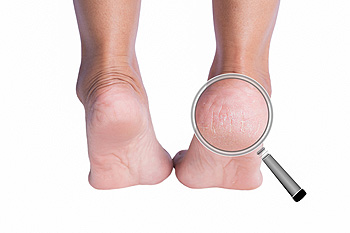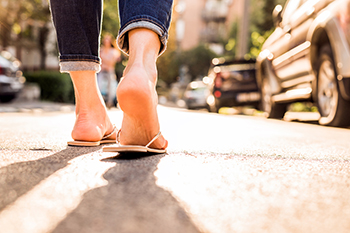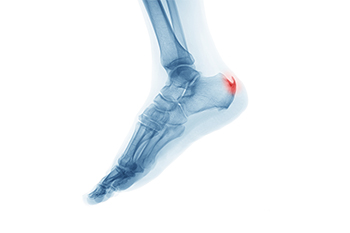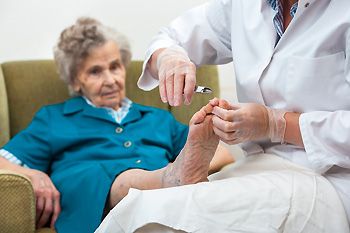Cracked heels are a common foot problem. They occur when areas of skin on your heels become dry and thicken, forming calluses. Over time, these calluses can crack, causing discomfort or pain in the heel. Other symptoms associated with cracked heels include flaky skin, itching, bleeding, redness, inflammation, and foot wounds. Additionally, deep, painful cracks known as fissures can form on the heels. Fissures leave your heels at an increased risk of becoming infected.
Cracked heels may be caused by standing for prolonged periods of time, walking barefoot or in open-back shoes, wearing poorly fitted shoes, taking lengthy hot showers, using harsh soaps to wash your feet, and living in a climate with cold temperatures or low humidity. Sometimes cracked heels can be caused by an underlying medical condition, such as a vitamin deficiency, fungal infection, or psoriasis.
Fortunately, there are many ways to prevent cracked heels and to treat them when they occur. You may be able to prevent cracked heels by wearing supportive, well-fitting shoes with a closed back, wearing orthotic devices to pad your heels as you walk, or wearing padded socks. Keeping your feet exfoliated and moisturized is also a key step, in both prevention and treatment. Applying a thick moisturizer on the heels regularly is highly recommended.
If you have chronic cracked heels, cracked heels that don’t respond to home treatment, or if you are diabetic or have peripheral neuropathy, it is suggested that you see a chiropodist for treatment.





